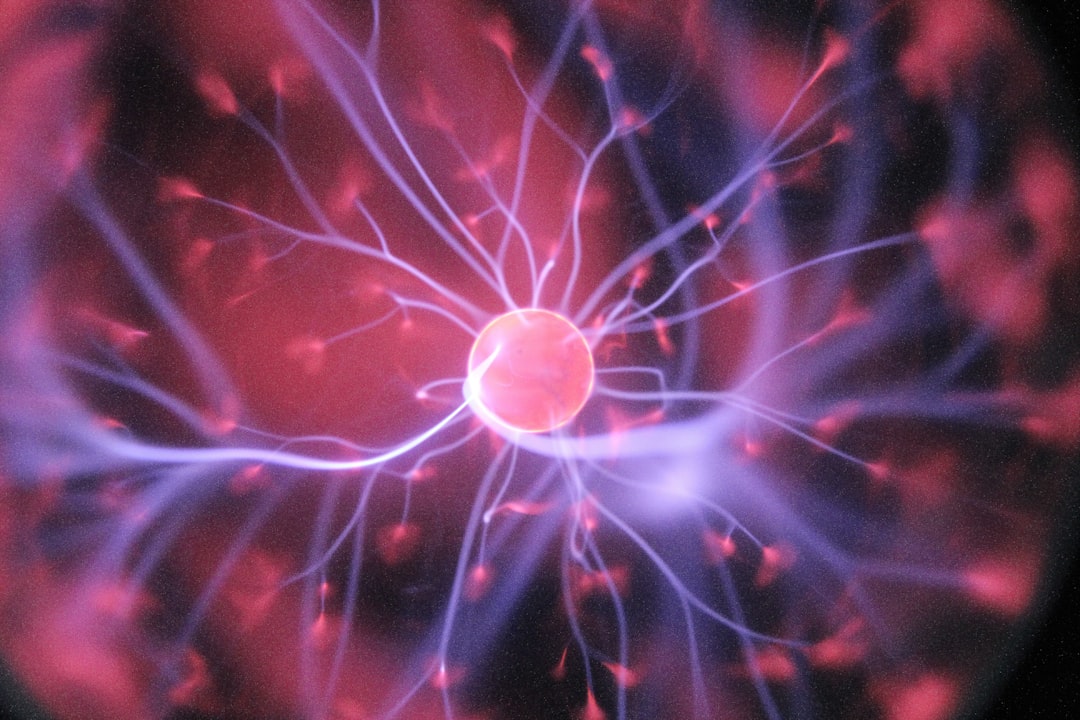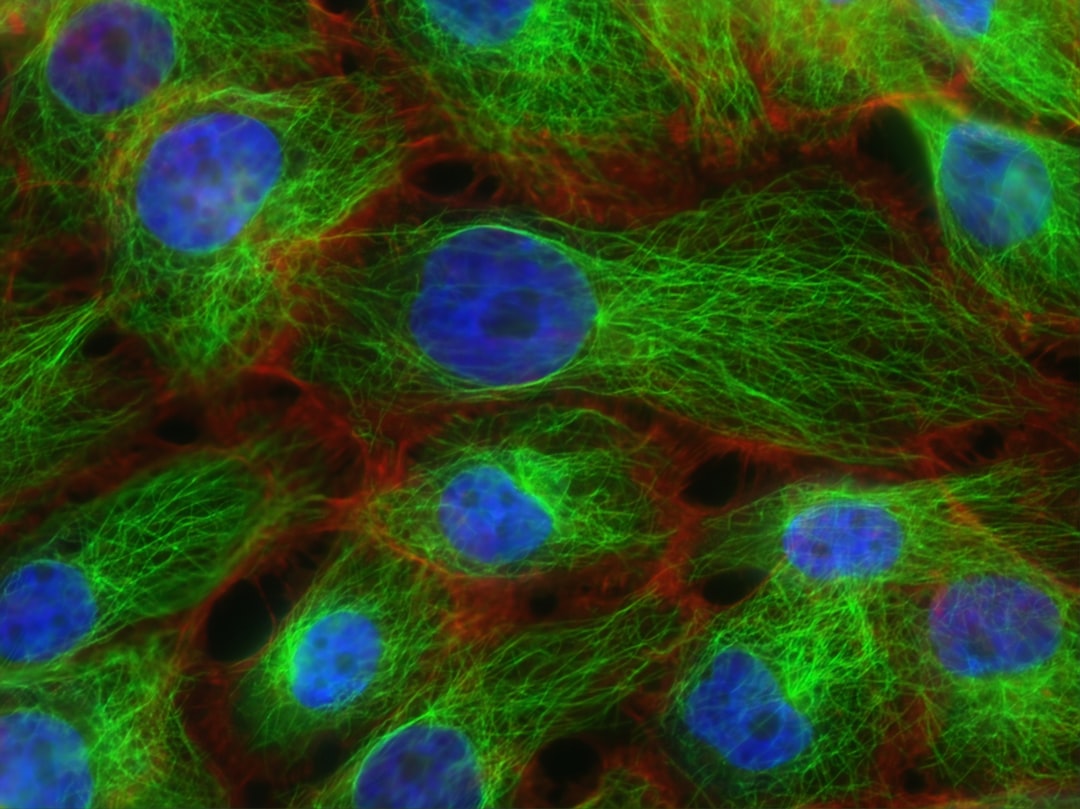What is it about?
In this study, we have constructed a genotype network for every single gene in the human genome. The genotype networks are made by connecting haploid sequences of each gene that are present in the population to each other when two haplotypes are a single amino acid changing mutation different. Next, we counted the number of square cycles in these networks. Among all, we found only 42 genes that have so many cycles that cannot be explained by chance homoplasy alone. We show that a combination of positive and negative selection are most likely causes of the excess of cycles in these genes, which shows the affect of convergent evolution.
Featured Image
Why is it important?
This is a new use of network science in analyzing genetic data. We show how genotype networks can be used to detect convergent evolution. Moreover, we specify a small of list of genes that are candidates of being under convergent evolution, some of which are reported for the first time.
Read the Original
This page is a summary of: Parallel or convergent evolution in human population genomic data revealed by genotype networks, BMC Evolutionary Biology, August 2016, Springer Science + Business Media,
DOI: 10.1186/s12862-016-0722-0.
You can read the full text:
Contributors
The following have contributed to this page










